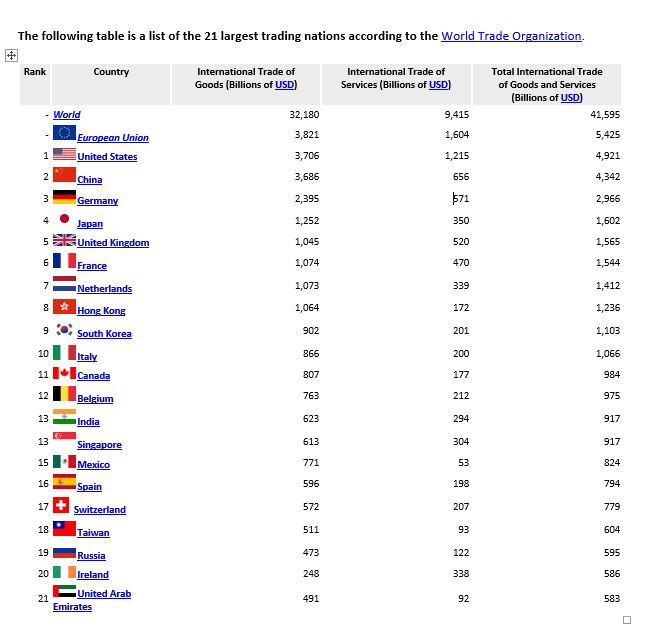In economic terminology, the term “utility” has not much to do with multifunctionality nor completing specific useful tasks.
It does in context, relate to the level of satisfaction or “completeness” one derives from the consumption of a product or service. For example, there is only so much pizza you can eat before feeling ill from satiety.
On a broader and more macroeconomics spectrum, our utility levels will also help determine how resources are allocated and consumed.
Definition
The concept, a brainchild of Daniel Bernoulli, has so many relevant connotations. As humans, we individually have a maximum biological boundary which when reached, signals absolute satisfaction. This in economic terms is called maximum (total) utility.
Total utility is the complete satisfaction that you can get from consuming all units of a specific item.
Economists are more interested in the changes in levels of utility or what is referred to as the marginal utility.
We will return to its application to the economy.
Applying utility
Incidentally, the utility has no formal unit of measurement – though we coined the term “utils”. These so-called utils equate a number to utility levels in a controlled sample experiment.
Understandably it can be quite a feat to quantify utility as it is based on human behavioural preferences. The closest we got to quantifying such was via the marketing concept of the consumer black box.
As an illustration, the concept can be applied to something as basic as eating a delicious meal.
Depending on how hungry you were, you would derive the highest utility from the first few bites of your meal.
As you progressed and depending on your appetite, each additional fork/ spoon, or handful would provide fewer levels of satisfaction. As you reach your stomach’s capacity (towards satiety) your utility diminishes.
This can be applied to the taste of the meal. It specifically explains why we tend to eat something sweet after a main (savoury) meal.
The appreciation of ice cream when you are starving would diminish quickly as you concentrate on filling up your stomach. This as opposed to enjoying the taste.
When compared to the running of an economy, governments and policymakers can determine which goods and services yield the most utility.
This helps them to consequently direct expenditure to identified priority areas (products/services).
It is a long term concept
Education, for instance, may not provide immediate utility (gratification) for scholars and pupils. However, when appropriately harnessed, could yield higher levels of satisfaction. This is when you enter the job market with better remuneration packages.
Tweaking education curricula, taking into consideration levels of utility to whip up your interest for the good or service. This should, therefore, be a prime focus for legislators.
Inputs such as maximum times you can concentrate and the length of study for a course should be offered without compromising the substance.
Without a doubt, there would be considerations, at a micro-level to assist in enhancing both marginal and total utility in the education sector.
Read more about fiscal policy and budgets here
More life-related uses
The concept of utility is a lot less ubiquitous as we think and relates to the unsavoury phenomenon of megalomania and why there is greed.
When levels of self-gratification diminish quickly, it takes longer for those with lower levels of marginal utility to reach a plateau of pleasure.
Drug addiction, sexual appetites, and fetishes would then kick-in. In such cases, people upgrade the “product or service” that they have already maximized utility in. At that stage, another level of fulfillment would be sought.
The utility applied to finances
It also explains why you lose a lot of money gambling or investing in stocks. The satisfaction of gaining more for a little outlay will often drive you to take more risk until a level of risk aversion kicks in.
High-risk investors “called whales” are now delving into the Crypto market to maximize their utility. They are diverting their funds from property and stocks into digital currencies like Bitcoin and Ethereum.
The saying too much of a good thing is inevitably bad for you applies. It can be countered by diversifying the things that deliver pleasure or satisfaction to you.
This is to ensure that you do not maximize utility on them too quickly and lose interest. Worse case, you end up delving into the dangerous territories of addiction.
Economists need to be relevant, more than ever before. They also need to formulate a means to measure and quantify utility or provide “utils” for at least, the most common goods and services.





